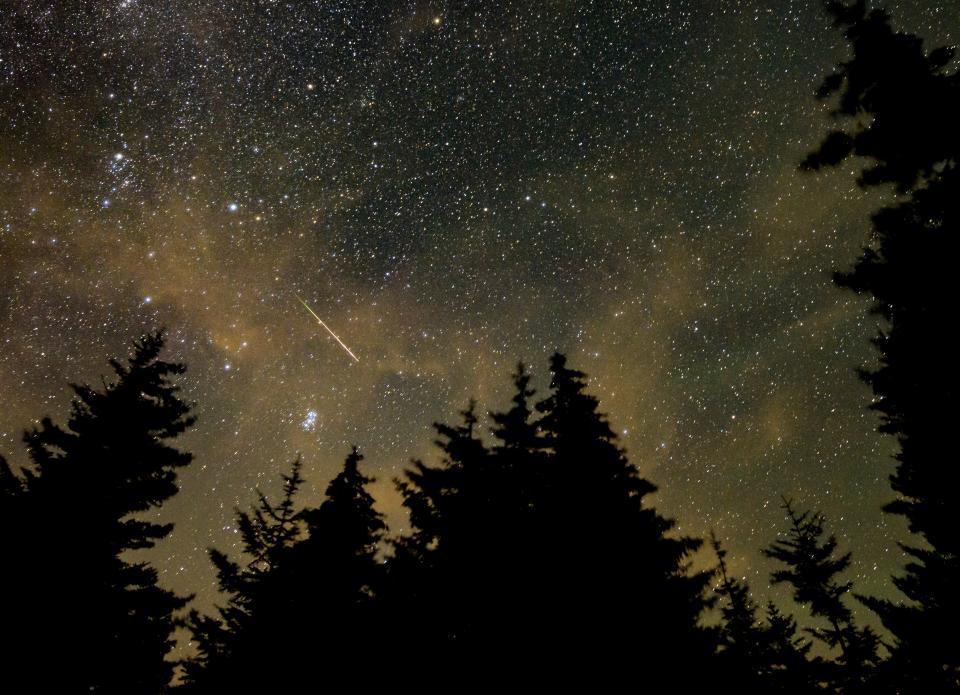Perseid meteor shower to peak soon: How to watch it in Utah
The best summertime meteor shower – the Perseids – is back and in full display across Utah summer skies this August, weather permitting.
During the Perseids' peak on the nights of Aug. 11-12 and Aug. 12-13, skywatchers should see about 60 to 70 meteors per hour, astronomers say. The best views are from midnight to sunrise on each of those nights.
Unfortunately, the moon will be the horizon during prime viewing hours, which could make it difficult to get the best view. Still, there should be plenty to see over the course of the night, and the event falls on a weekend this year, meaning more people could stay up late and watch the show.
The National Weather Service forecasts partly cloudy skies in southwestern Utah on Friday and Saturday night.

Perseid meteor shower
One of the best-viewed meteor showers in the Northern Hemisphere, the Perseids are known for their consistent and abundant meteors.
At best, a typical Perseid meteor shower produces 80 to a few hundred meteors per hour. The best Perseid performance we know of occurred in 1993, when the peak rate topped 300 meteors per hour.
The Perseid meteor shower occurs every year when the Earth passes through the cloud of debris left by Comet Swift-Tuttle. The meteors are actually tiny dust and particles from the tail of the comet as it orbits around the sun.
The particles, many no bigger than a grain of sand or a pea, blast across the sky at some 132,000 mph and disintegrate high up in our atmosphere after making a brilliant flash of light.

Meteor showers are named for the constellation out of which they appear to come, according to the American Meteor Society. Look for the constellation Perseus in the northeastern portion of the sky. It's just to the left of the Pleiades, the Seven Sisters constellation.
In ancient Greek star lore, Perseus is the son of the god Zeus and the mortal Danae, according to Earthsky. It is said that the Perseid shower commemorates the time when Zeus visited Danae, the mother of Perseus, in a shower of gold.
No special equipment is needed to enjoy this nighttime spectacle, just a dark sky and some patience.
This article originally appeared on St. George Spectrum & Daily News: Utah prime place to watch peak of Perseid meteor shower

